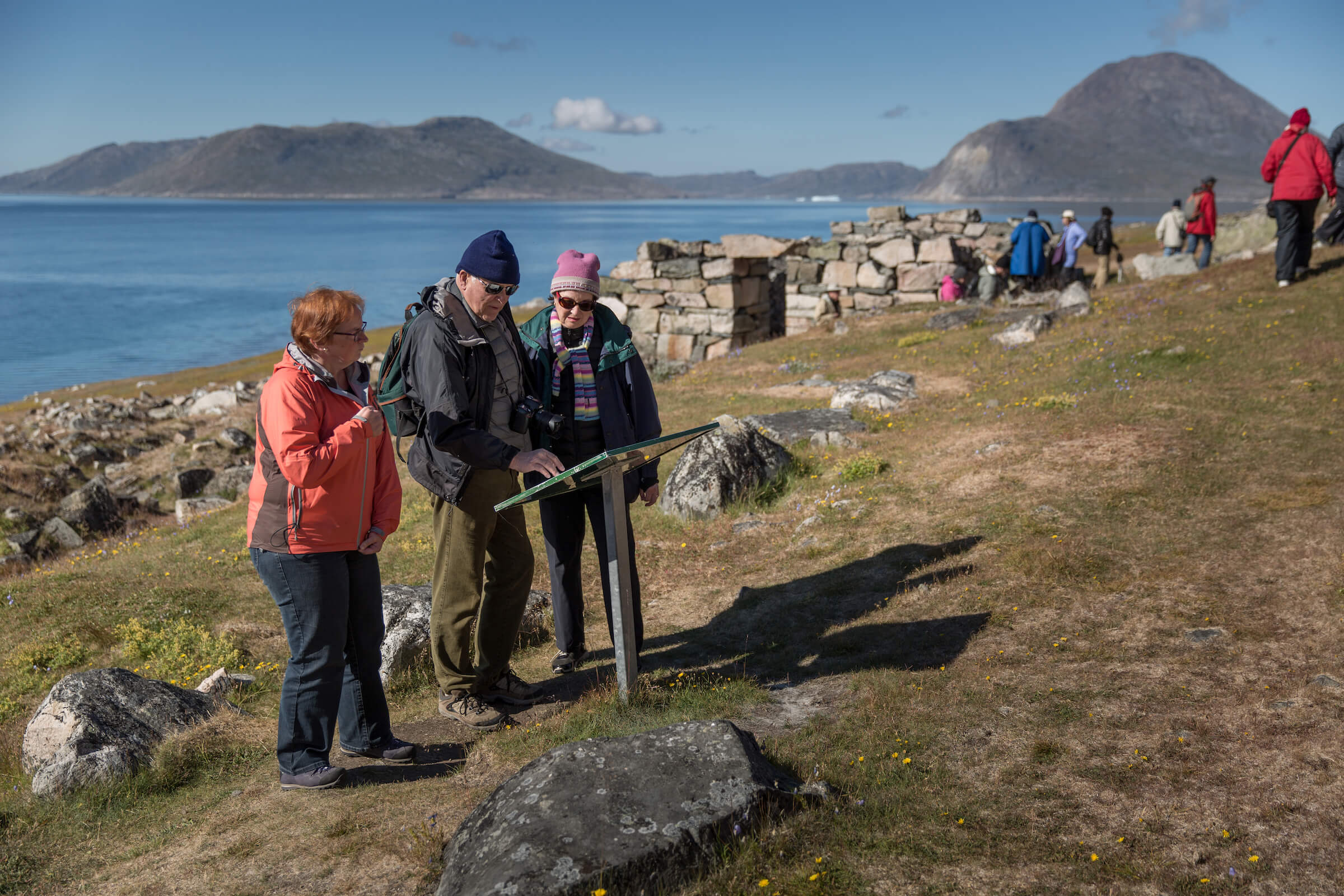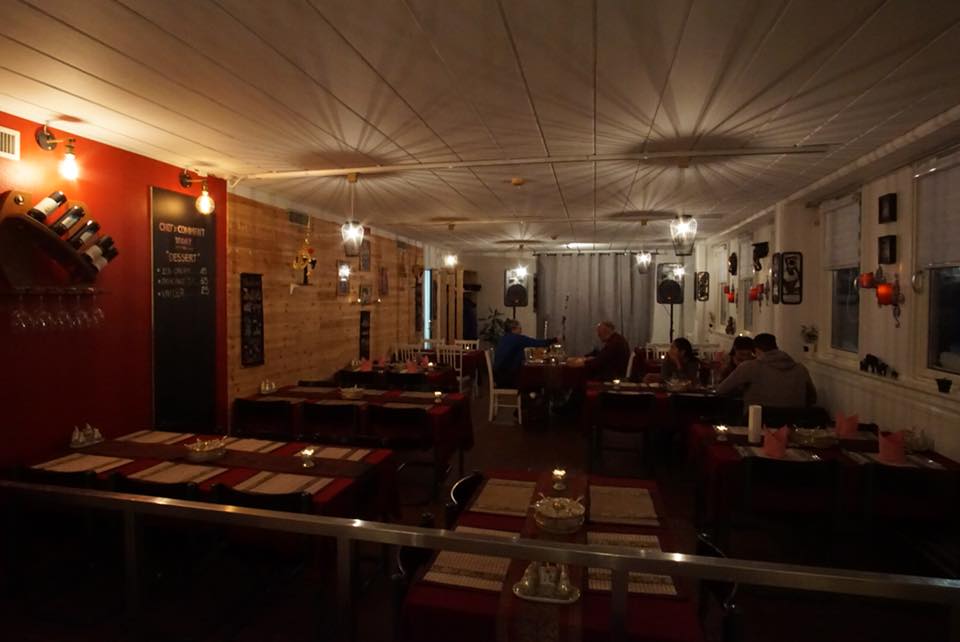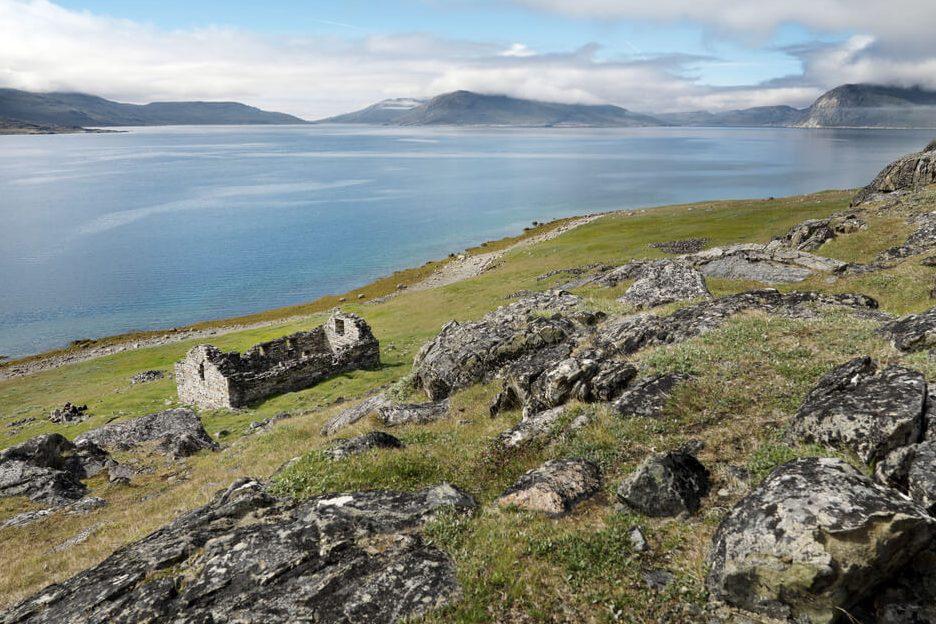Relax in comfort in artistic Qaqortoq as you explore the Viking history of South Greenland at the nearby Hvalsey church ruin and soak in Greenland's premier hot spring
Quick facts
Facts about Qaqortoq
- Qaqortoq means “white” in the Greenlandic language. Its Danish name was Julianehåb, after the Danish queen Juliane Marie, when it was a colony.
- Qaqortoq is the only town in Greenland with a fountain in its main square. The fountain in Qaqortoq is a gathering place
- The first football field in Greenland with artificial turf was officially opened in Qaqortoq in 2009. The Qaqortoq stadium was turfed with the assistance of FIFA and the town was chosen because it is free of snow for a longer period of the year than other places in Greenland. Soccer in Greenland is very popular
Useful information
Tips
-
Qaqortoq has three large supermarkets – Pisiffik, Brugseni and Akiki – as well as several smaller convenience stores.
-
To buy souvenirs, visit Greenland Sagalands where they have an extensive selection. You can also purchase sealskin products directly from the Great Greenland showroom on the other side of the harbour, skin care products from locally-owned InuaCare, or buy directly from locals who set up stalls outside Sagalands whenever cruise ships are in Qaqortoq. The museum and the Hotel Qaqortoq also have a small selection, and you never know what you might find at Jaaraartooq Café Shop near the heliport.
-
For outdoor adventures, it is best to bring as much of your own gear with you to Greenland. It is possible to purchase limited, basic camping supplies at Sissami by the bridge or you can rent equipment from the Blue Ice Café in Narsarsuaq.
Closest ports of entry:
Tourist information:
Useful phone numbers:

Why Qaqortoq
Cradled between rolling steep hills dotted with brightly coloured houses, Qaqortoq is a melting pot of art, culture, Norse history and outdoor adventure. Featuring sculptures by some of Greenland and Scandinavia’s most famous artists, Qaqortoq’s compact colonial heart is centred around the country’s oldest fountain and is the perfect place to enjoy cultural demonstrations and join locals in watching daily life unfold.
Extend your visit in Qaqortoq to include the unbroken silence of the Greenland ice sheet, the ghosts of the Viking-built Hvalsey Church ruin, and the restorative waters of the Uunartoq hot spring in an exploration of South Greenland’s farming belt.



 View map
View map




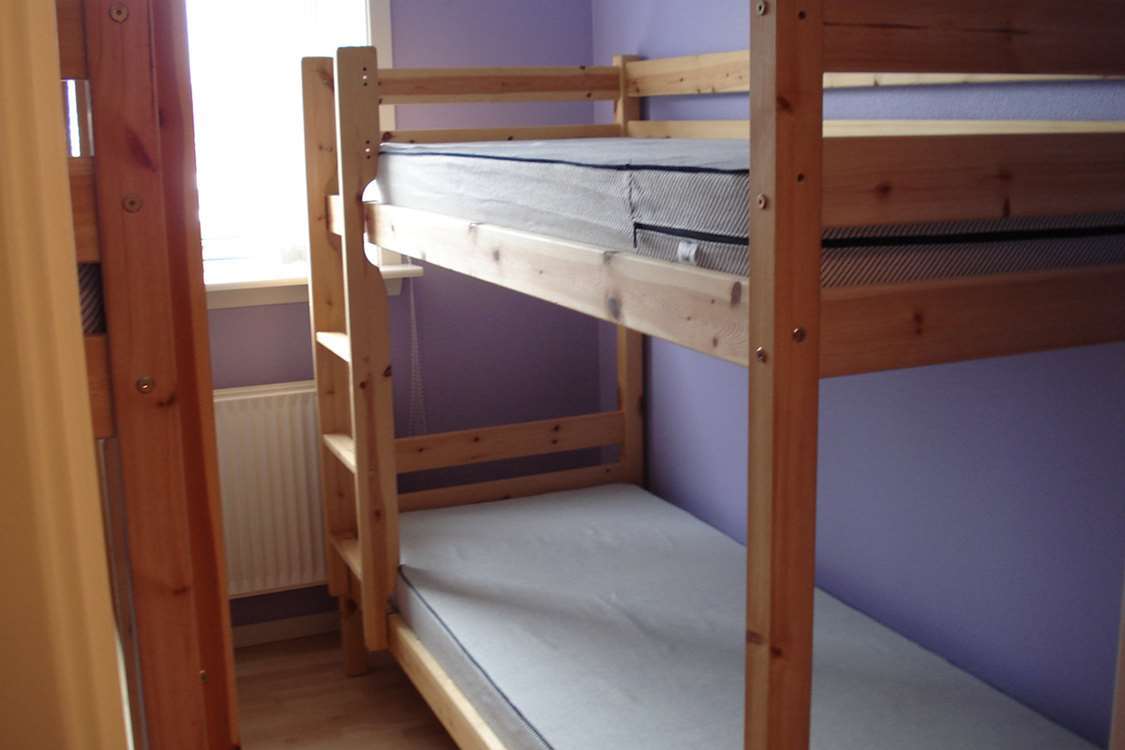

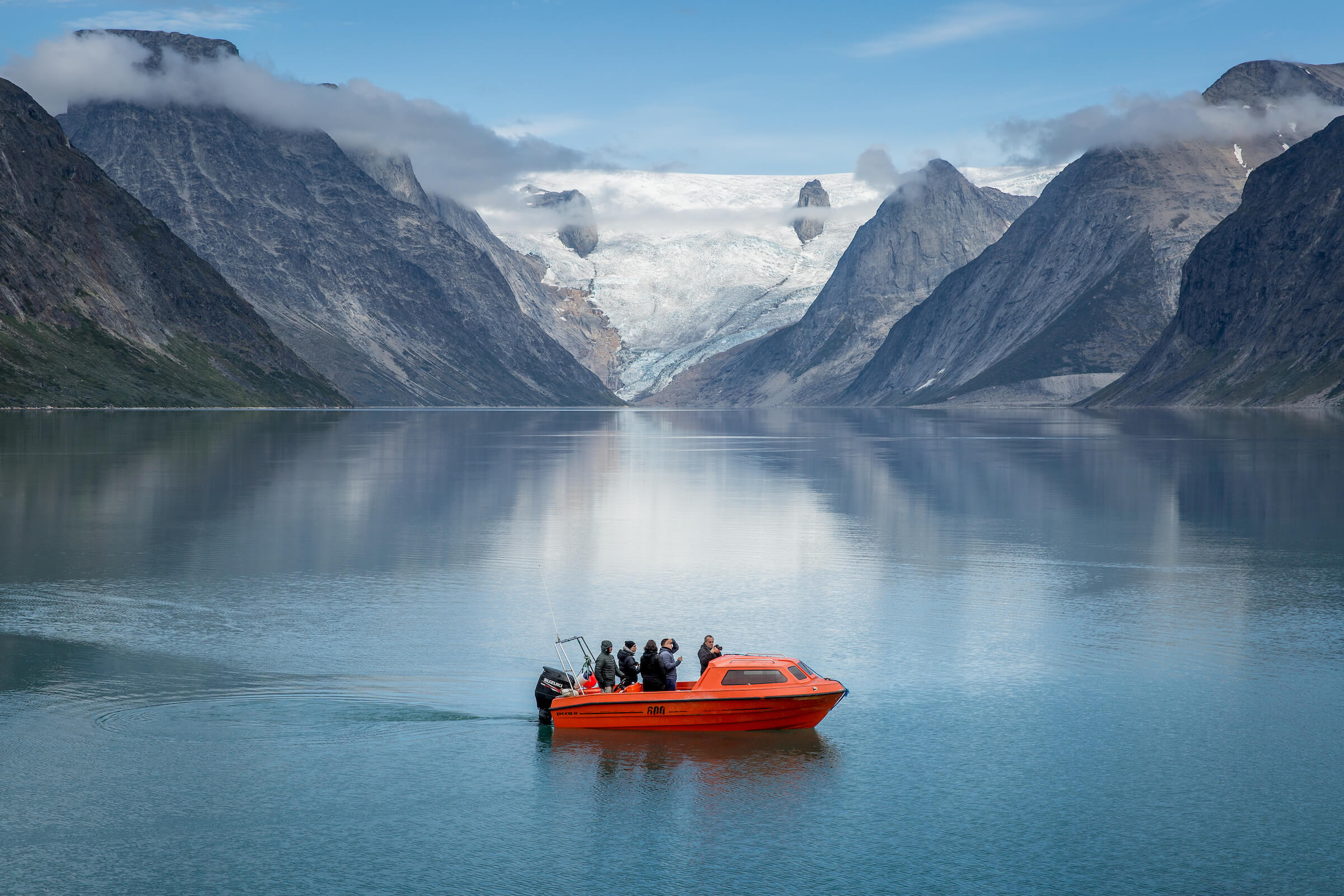

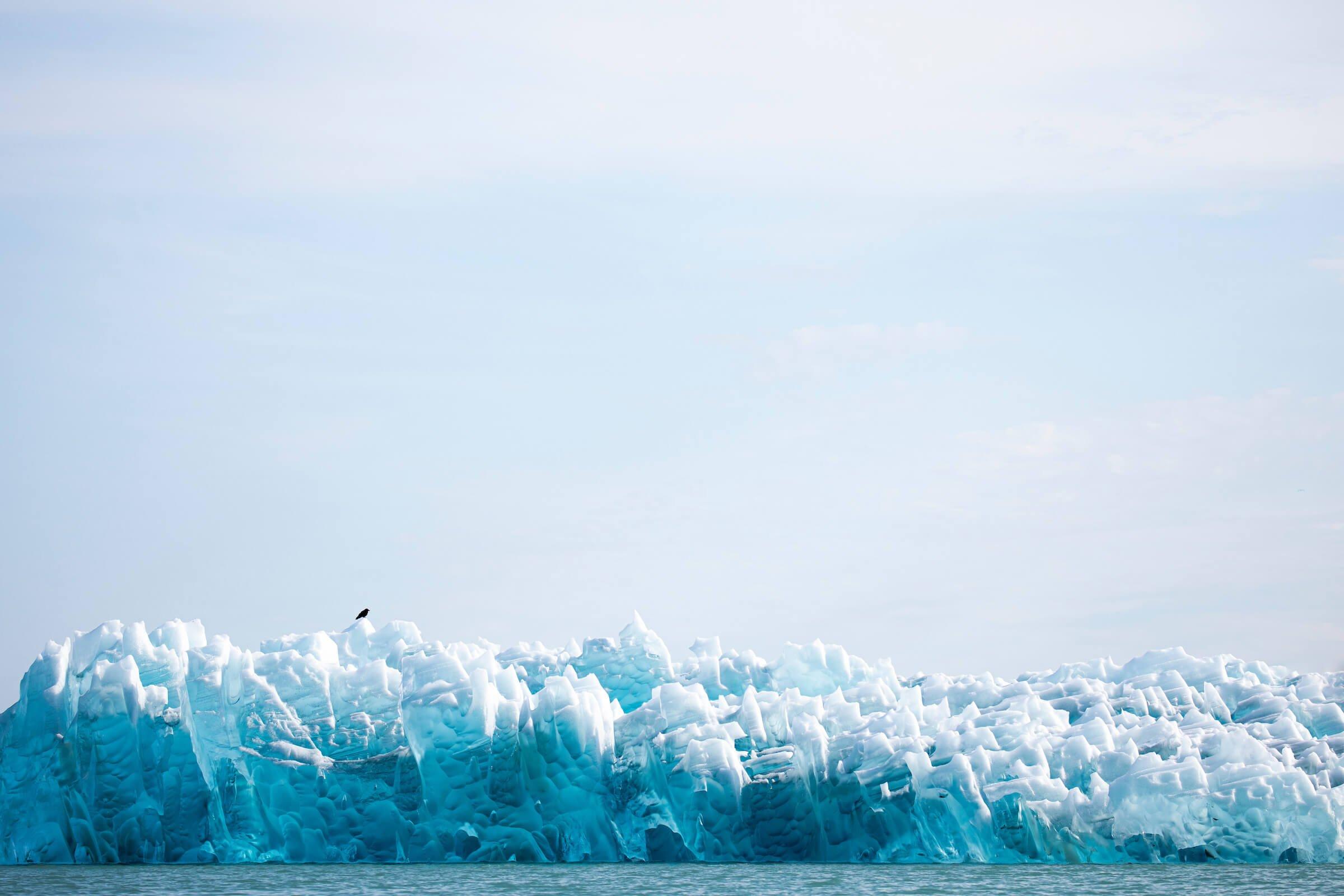





 Sermeq helicopters
Sermeq helicopters